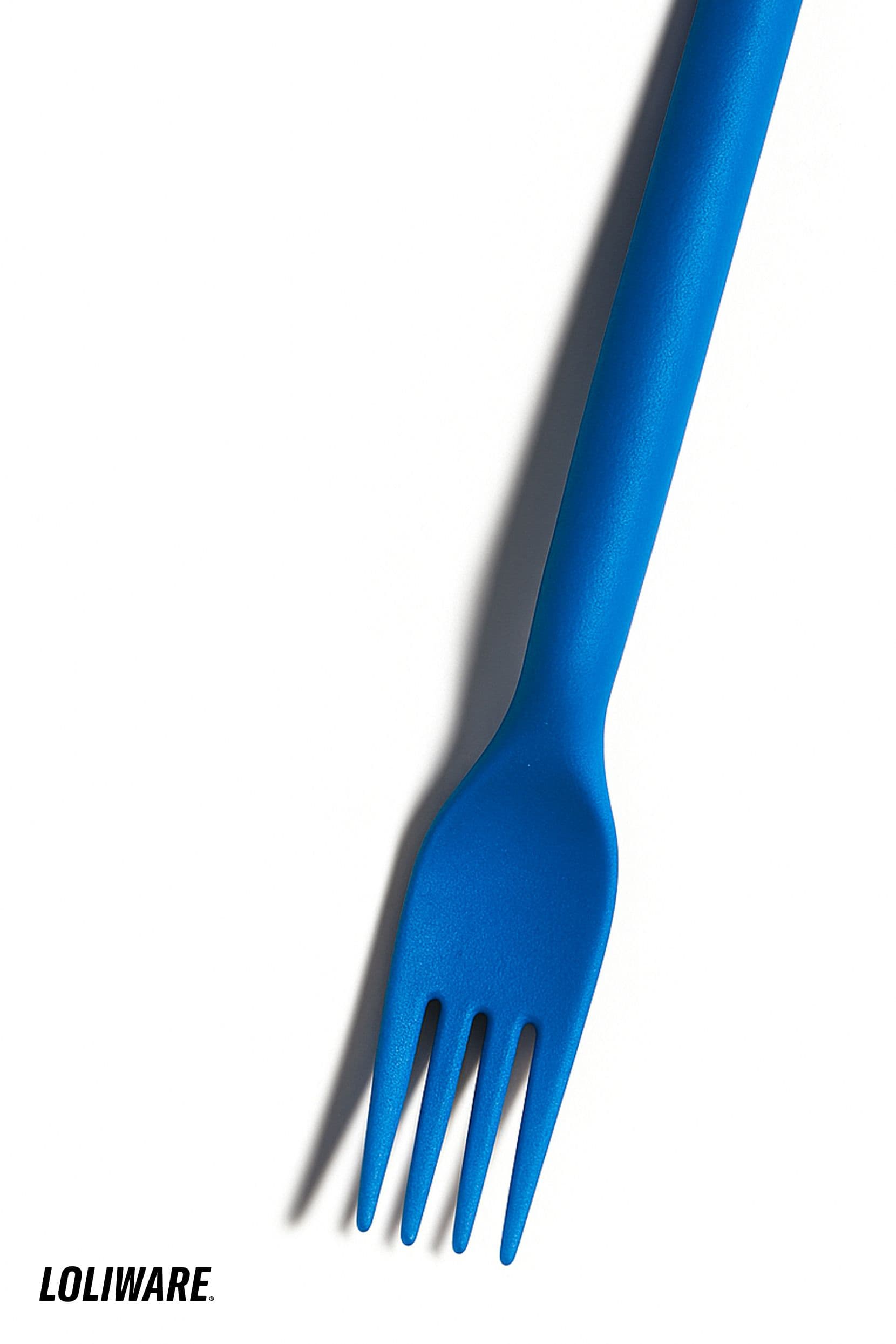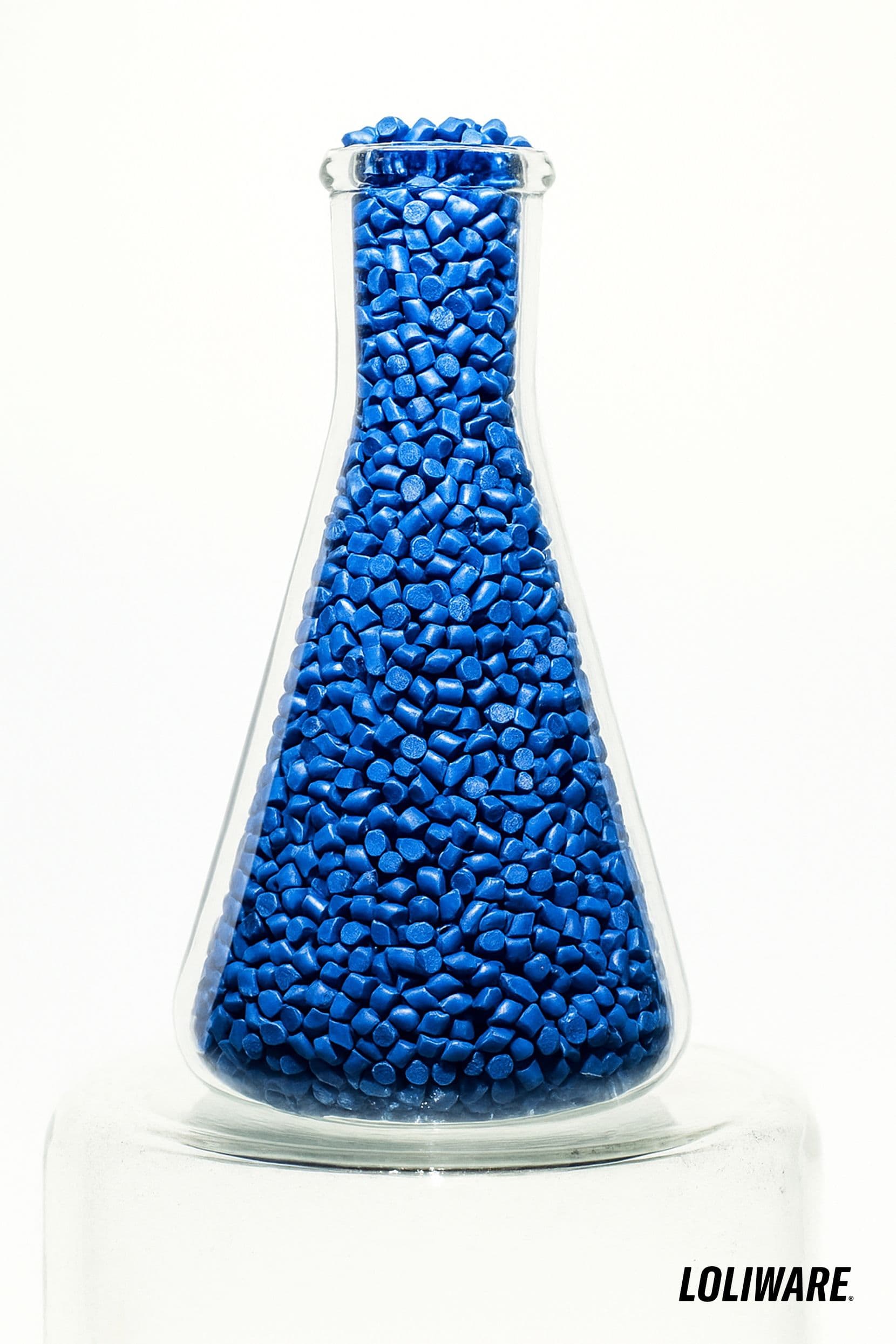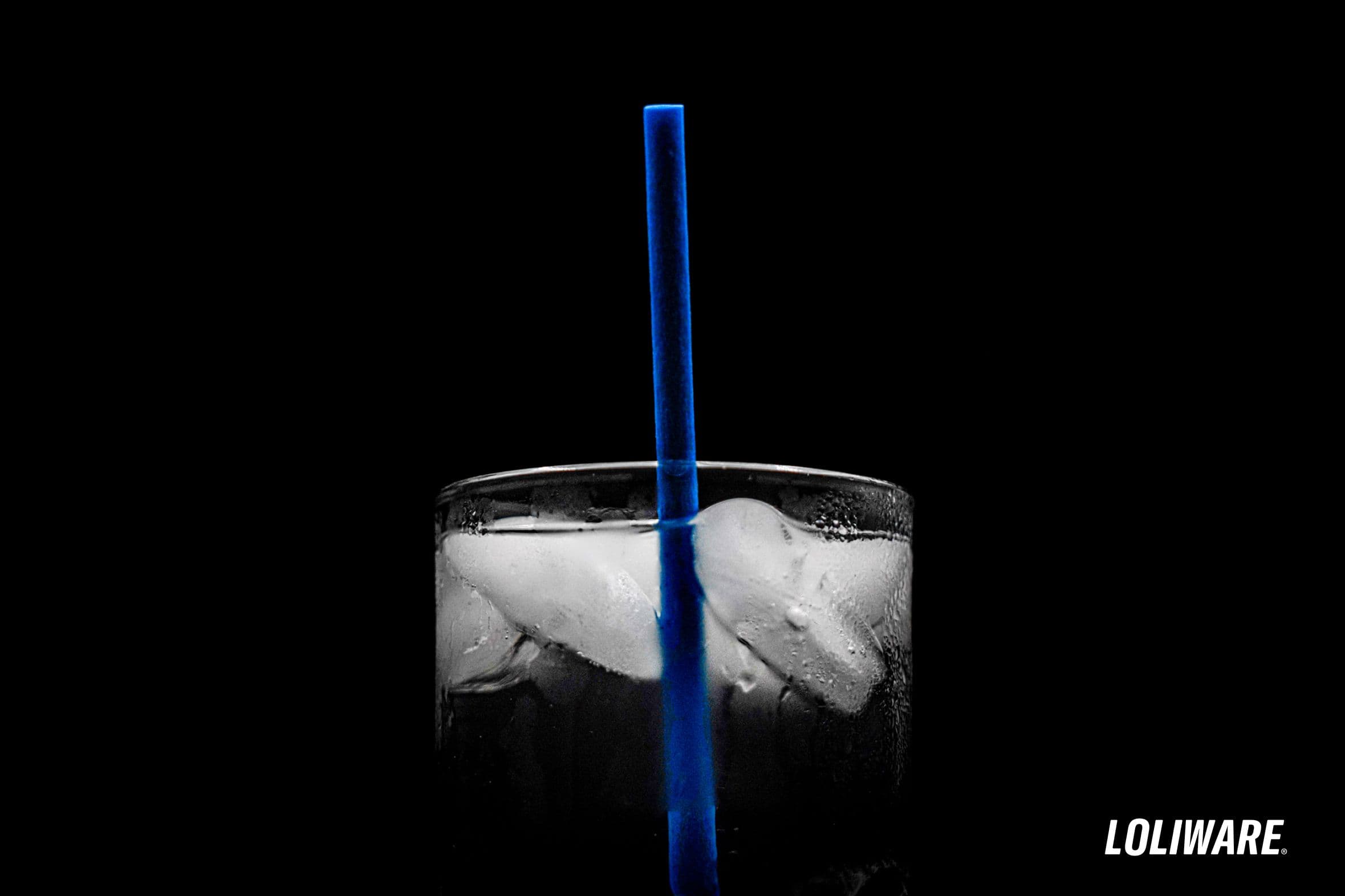Key Points
- AI-driven SEA Tech® tunes formulations and batch consistency to an industrial scale.
- Designed as 1:1 replacements for plastics; compatible with existing extrusion and injection lines.
- Feedstock edge: seaweed needs no freshwater, arable land, or synthetic inputs; focus on carbon-negative profiles.
- Variability in natural feedstocks handled via predictive adjustments and real-time formulation.
- Product proof: Blue Carbon Straw uses proprietary extrusion; shell powder for rigidity and mineral colourants in place of synthetics.
Full Interview with LOLIWARE®
1. You have been working with seaweed for many years. How has your product evolved from its first iteration to where it is now?
When we originated the category nearly ten years ago, our focus was on proving that seaweed could replace plastic in a way that was both impact-driven and functional. Our early prototypes showed promise but lacked the performance and scalability necessary to drive global system change. Today, thanks to our proprietary AI-driven SEA Tech® platform, we’ve transformed those early concepts into advanced seaweed-based resins engineered for industrial scale. This platform leverages machine learning to optimize formulations, improve consistency, and accelerate materials discovery, in ways traditional approaches simply can’t match. We’ve gone from proof of concept to building an entire category, and that’s only the beginning.

2. What is the biggest misconception about seaweed biomaterials?
The biggest misconception is that seaweed-based materials are niche or fragile. In reality, we’ve shown that seaweed can deliver robust, scalable, and high-performance solutions. These materials aren’t just eco-friendly stand-ins - they are the foundation for a new generation of regenerative, intelligent materials engineered for mainstream adoption.
3. Can you elaborate on the types of seaweed used in your products and their specific benefits?
We primarily work with brown and red seaweed species, prized for their unique polysaccharide structures and regenerative properties. Seaweed is a powerful carbon sink that grows without freshwater, arable land, or fertilizers. Through the use of different seaweed strains in a co-polymer network, we customize mechanical properties, durability, and aesthetic finishes with precision.

4. What processes do you use to transform seaweed into SEA Tech™ resins, and what challenges have you faced in this transformation?
Our SEA Tech® process involves extracting, refining, and functionalizing seaweed-derived polymers to create high-performance resins. Using our proprietary AI and machine learning tools, we simulate and optimize molecular behavior before physical trials, reducing R&D timelines and ensuring batch-to-batch consistency. A major challenge was taming the inherent variability of natural seaweed feedstocks at scale. Our AI platform was critical here - it enables predictive adjustments and dynamic formulation tuning in real time, ensuring a consistent, high-quality material regardless of upstream fluctuations.
5. Can you tell us more about the properties and formulation of SEA Tech™ resins? What should people expect when working with this material? What would you like them to know?
SEA Tech® resins are designed as true 1:1 drop-in replacements for conventional plastics. They offer excellent mechanical strength, processability, and a naturally superior degradation profile. Customers can expect consistency and performance across applications. For manufacturers and brands, it’s important to understand that sustainability doesn’t have to compromise function - with SEA Tech®, you get the best of both worlds. Expect versatility without sacrificing performance.

6. How does the environmental impact of seaweed-based resins compare to other biodegradable materials like cornstarch or PLA?
SEA Tech® resins are fundamentally more regenerative. Unlike cornstarch or PLA, which often rely on industrial agriculture and compete with food systems, seaweed requires no fresh water, no arable land, and no synthetic inputs. We minimize emissions and maximize carbon sequestration at every step, making SEA Tech® the most climate-positive and carbon-negative alternative on the market today.
7. How do you ensure that SEA Tech™ resins are compatible with existing plastic manufacturing equipment?
Compatibility was non-negotiable. We’ve optimized the resin’s flow behavior, thermal characteristics, and mechanical strength to align precisely with existing extrusion and injection molding systems. This ensures converters can adopt SEA Tech® without retooling, reducing risk and speeding up the transition to regenerative materials at scale. This level of seamlessness helps the industry adopt innovative materials with minimal disruption, making sustainability more accessible at scale.

8. What is the most ideal scenario for SEA Tech™ adoption? How do you approach the design and development of new products using SEA Tech™ resins?
The most ideal scenario is when SEA Tech® is integrated from the ground up, allowing brands to rethink product design around regenerative principles, rather than simply substituting materials. We co-develop with partners, tailoring resin properties for specific applications, ensuring optimal performance and seamless integration. This approach turns sustainability from a compliance checkbox into a true innovation driver, enabling competitive advantage through meaningful design changes that truly impact the future of product development.

9. What proprietary techniques are involved in making your Blue Carbon Straws from seaweed?
Our Blue Carbon Straws are made using a proprietary extrusion process that aligns seaweed polymers to maximize strength and smoothness. We pioneered specific processing techniques that minimize energy and water consumption from start to finish. This ensures that every straw not only meets our high performance standards but also aligns with our vision for reducing environmental footprints at every step of the production cycle.
10. Can you explain the role of shell powder and mineral colour in the formulation of the Blue Carbon Straw?
Shell powder acts as a natural mineral reinforcement, improving rigidity and strength in the Blue Carbon Straw. Mineral colorants allow us to achieve sophisticated hues without the need for synthetic additives. These natural components are precisely calibrated, ensuring every straw meets our high-performance and sustainability standards. The result is a product that is both aesthetically pleasing and functionally robust, with minimal environmental impact.

11. What challenges have you faced in scaling up the production of seaweed-based materials?
Scaling regenerative materials isn’t easy. We’ve had to tackle challenges at every stage - from raw material variability, supply chain complexities, to ensuring consistent quality at industrial scale. We’re breaking new ground on both the material side (compounding) and with converters - no one’s done this before in this category. Everything is truly net-new, which is both exciting and, at times, a bit of a curse. But that’s what it takes to build a whole new materials system from the ground up. Looking forward, we’re focused on refining our supply chain partnerships and automating scaling to make the process smoother and more efficient.









